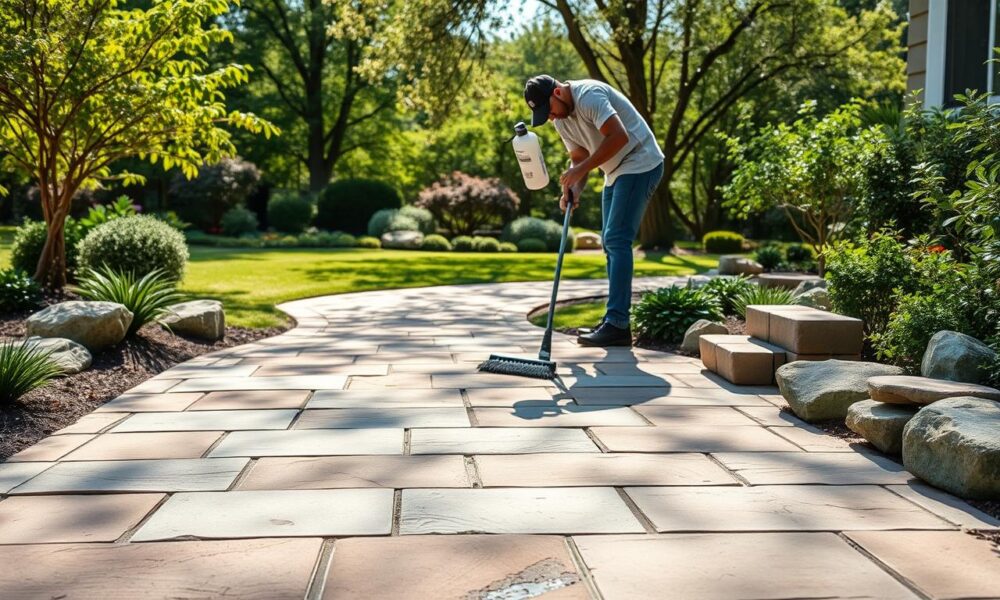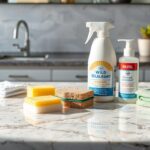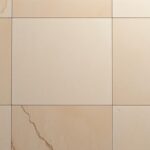Seasonal Maintenance Tips for Outdoor Stone Installations
Outdoor stone surfaces add timeless elegance to patios, walkways, and garden areas. Proper care ensures these materials withstand weather changes while retaining their aesthetic appeal. This guide explores essential strategies for protecting natural stone from environmental wear, using methods that balance effectiveness with material safety.
Selecting appropriate cleaning products proves critical for preservation. pH-neutral solutions designed for stone surfaces prevent etching and mineral damage, unlike harsh chemicals that degrade finishes over time. Regular removal of organic debris like leaves or dirt minimizes moisture retention, reducing risks of stains or freeze-thaw cracks during colder months.
Proactive routines extend beyond basic sweeping. Applying specialized sealers every few years creates protective barriers against water infiltration and UV exposure. Seasonal adjustments—such as using rubber-tipped tools for winter snow removal—help maintain structural integrity without scratching delicate surfaces.
Key Takeaways
- Use pH-neutral cleaners specifically formulated for natural stone preservation
- Avoid acidic substances like vinegar that can etch sensitive surfaces
- Implement weekly debris removal to prevent scratches and moisture damage
- Schedule seasonal inspections for cracks or drainage issues
- Apply penetrating sealers every 3-5 years for enhanced protection
- Choose calcium chloride-based deicers over rock salt in winter months
Understanding the Importance of Seasonal Stone Maintenance
Natural materials like marble and granite elevate outdoor spaces but require strategic care to combat environmental stressors. Without proper attention, even durable materials degrade through cycles of freezing temperatures, UV exposure, and organic buildup.
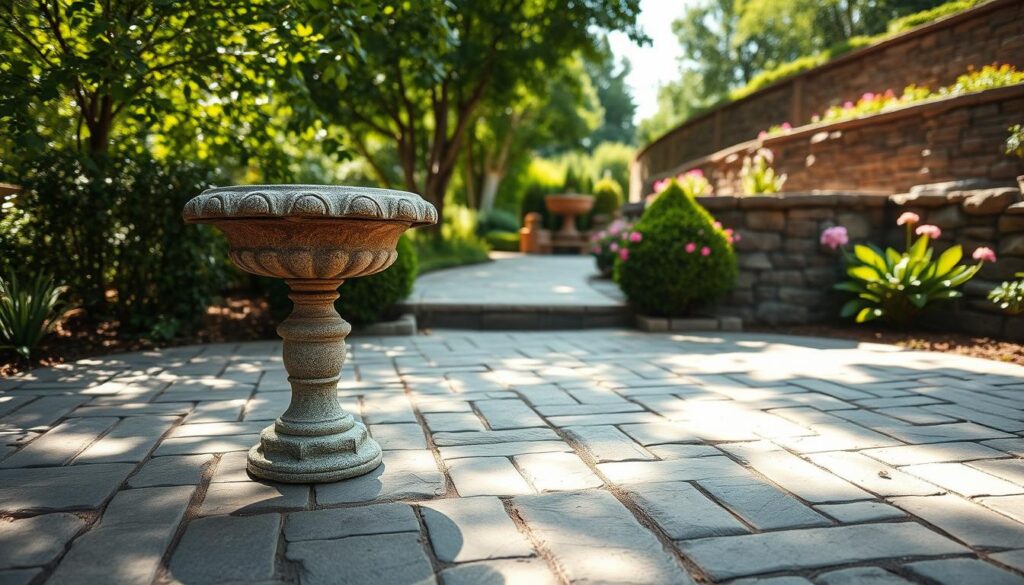
Why Regular Maintenance Matters
Consistent upkeep preserves both structural integrity and visual appeal. Neutral pH cleaners—unlike acidic alternatives—prevent etching by maintaining the stone’s mineral balance. As noted in industry studies, this approach reduces surface erosion by 60% compared to harsh chemical use.
| Maintained Stone | Neglected Stone |
|---|---|
| Retains original color | Fades from UV damage |
| No cracks or chips | Susceptible to freeze-thaw fractures |
| Stain-resistant surface | Permanent discoloration |
Risks of Neglecting Stone Care
Debris accumulation traps moisture, accelerating cracks during temperature swings. Unsealed patios absorb oils and organic stains, requiring costly restoration services. One landscaper observed: “We’ve replaced entire walkways that could’ve been saved with basic yearly sealing.”
Proactive measures like seasonal inspections catch minor issues before they escalate. Addressing drainage problems early prevents water pooling—a leading cause of subsurface erosion in paved areas.
Seasonal Maintenance Tips for Outdoor Stone Installations
Proper care techniques ensure lasting functionality and visual appeal for hardscape features. Three critical approaches help safeguard materials against environmental challenges while maintaining their inherent charm.
Choosing the Right Cleaning Products
Stone-specific cleaners maintain surface integrity without causing harm. pH-neutral formulas prevent etching on delicate materials like marble, while enzymatic options tackle organic stains on slate or travertine. Avoid vinegar-based solutions, which strip protective layers over time.
Effective Sealing and Protection Techniques
High-quality sealants act as invisible shields against moisture and UV rays. Penetrating varieties absorb into porous materials, while topical coatings suit dense stones like granite. Reapplication every 12-24 months ensures consistent defense.
| Sealer Type | Best For | Protection Duration |
|---|---|---|
| Penetrating | Sandstone, Limestone | 2-3 years |
| Topical | Granite, Quartzite | 1-2 years |
| Enhancer | Flagstone, Bluestone | 18 months |
Immediate Stain and Damage Response
Blot spills immediately using microfiber cloths to prevent absorption. For oil-based stains, create a baking soda poultice overnight. “Addressing chips within 48 hours prevents water infiltration,” advises Rose Restoration’s technical team. Schedule professional assessments for cracks wider than 1/8 inch.
Combining these methods preserves structural stability while enhancing natural patterns. Regular inspections paired with prompt repairs reduce long-term restoration costs by up to 70%, according to Dynamic Stone Tools case studies.
Tailoring Your Maintenance Routine to the Seasons
Adapting care practices to seasonal shifts maximizes the lifespan of exterior stone features. Weather patterns create distinct challenges that demand targeted solutions, from summer sun exposure to winter freeze-thaw cycles.
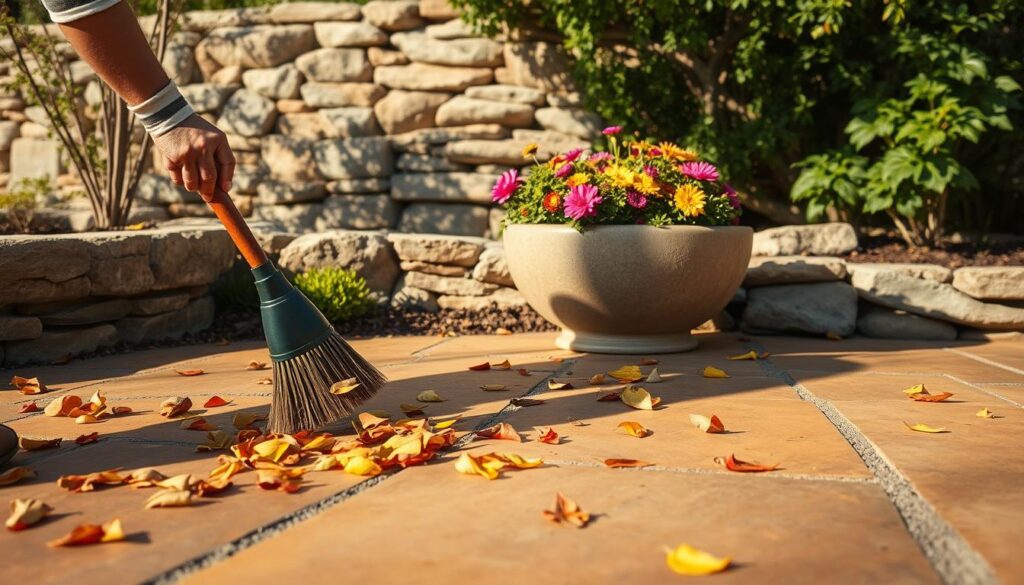
Spring and Summer: Cleaning and Preventive Care
Begin spring with a thorough wash using pH-neutral cleaners and low-pressure rinsing. Remove accumulated dirt and organic matter from joints to prevent staining. Inspect surfaces for cracks or shifting pavers—early repairs prevent water infiltration during summer rains.
Summer demands weekly debris removal to avoid scratches from grit. Apply UV-resistant sealants every 2-3 years to combat fading. A landscaper from StoneCare Professionals notes: “July applications create optimal protection before peak sunlight months.”
Fall and Winter: Preparation and Weatherproofing
Clear fallen leaves promptly to minimize moisture retention. Reseal porous materials like sandstone before temperatures drop below 50°F. Use calcium magnesium acetate ice melt instead of rock salt, which corrodes surfaces.
Ensure proper drainage around patios to redirect snowmelt. Plastic-edged shovels prevent scratches during snow removal. For persistent ice, apply sand for traction rather than metal tools that chip edges.
| Season | Priority Tasks | Key Benefit |
|---|---|---|
| Spring | Deep cleaning, crack repairs | Prevents summer water damage |
| Winter | Safe de-icing, drainage checks | Reduces freeze-thaw fractures |
Conclusion
Consistent care preserves the enduring charm and structural strength of natural stone in exterior spaces. By pairing gentle cleaning methods with quality sealants, homeowners protect patios and walkways from stains, water damage, and winter wear. These efforts maintain surface integrity while enhancing the material’s innate beauty across seasons.
Adapting routines to weather changes proves vital. Winter demands careful de-icing to avoid surface cracks, while regular debris removal prevents scratches year-round. Quick repairs of minor chips and resealing every few years block moisture infiltration—key steps in avoiding costly overhauls.
When persistent stains or deep cracks appear, professional services restore surfaces efficiently. For comprehensive guidance, consult our natural stone restoration guide. Implementing these strategies safeguards your investment, ensuring outdoor areas remain inviting and resilient for decades.

